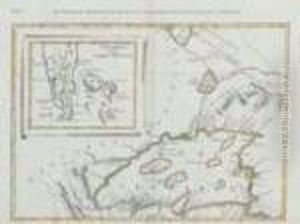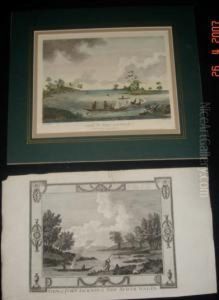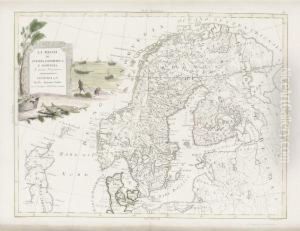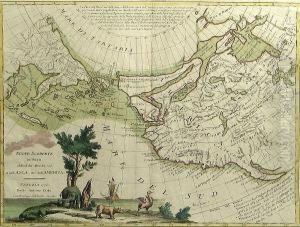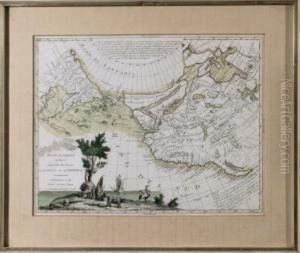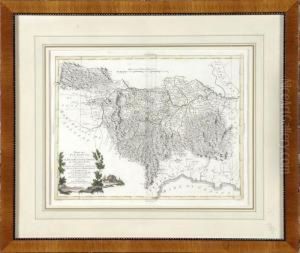Antonio Zatta Paintings
Antonio Zatta was an esteemed Italian cartographer and publisher who made significant contributions to the field of cartography in the late 18th century. Born in 1757, Zatta's work came at a time when the demand for accurate and detailed maps was growing, fueled by the Enlightenment's emphasis on knowledge, exploration, and the expansion of European empires. Although not much is detailed about his early life and education, Zatta's legacy is largely defined by his professional achievements and the impact of his work on the mapping of the world as it was known at that time.
Zatta was based in Venice, a city that had a long history of mapmaking and publishing, and he became known for his finely crafted and detailed maps. Unlike some of his contemporaries who focused on specific regions or types of cartography, Zatta's work covered a wide array of subjects, including maps of continents, countries, and even thematic maps that reflected the scientific and cultural interests of the period. One of his most notable projects was the publication of 'Atlante Novissimo,' a comprehensive four-volume atlas that was released in parts between 1775 and 1785. This monumental work featured maps of various parts of the world, including detailed charts of the Americas, Asia, Africa, and Europe, and it was celebrated for its accuracy, the clarity of its engravings, and its aesthetic qualities.
Zatta's maps were not only functional but also works of art. They often included elaborate decorative elements such as cartouches, vignettes, and illustrative details that reflected the artistic sensibilities of the time. These embellishments, while serving to enhance the visual appeal of his maps, also conveyed a sense of the cultural and political context in which they were created. Zatta's work is indicative of the shift in cartography from purely practical navigation aids to more complex documents that also served educational and ideological purposes.
Despite his success as a cartographer, little is known about Zatta's personal life, and he remained a relatively private figure. His contributions to cartography continued to influence the field well after his death in 1797, at the age of 40. Today, Antonio Zatta's maps are highly prized by collectors and historians alike, not only for their historical value but also for their beauty and the skill involved in their creation. They serve as a testament to the rich tradition of Italian mapmaking and the broader European quest for knowledge during the Enlightenment era.
